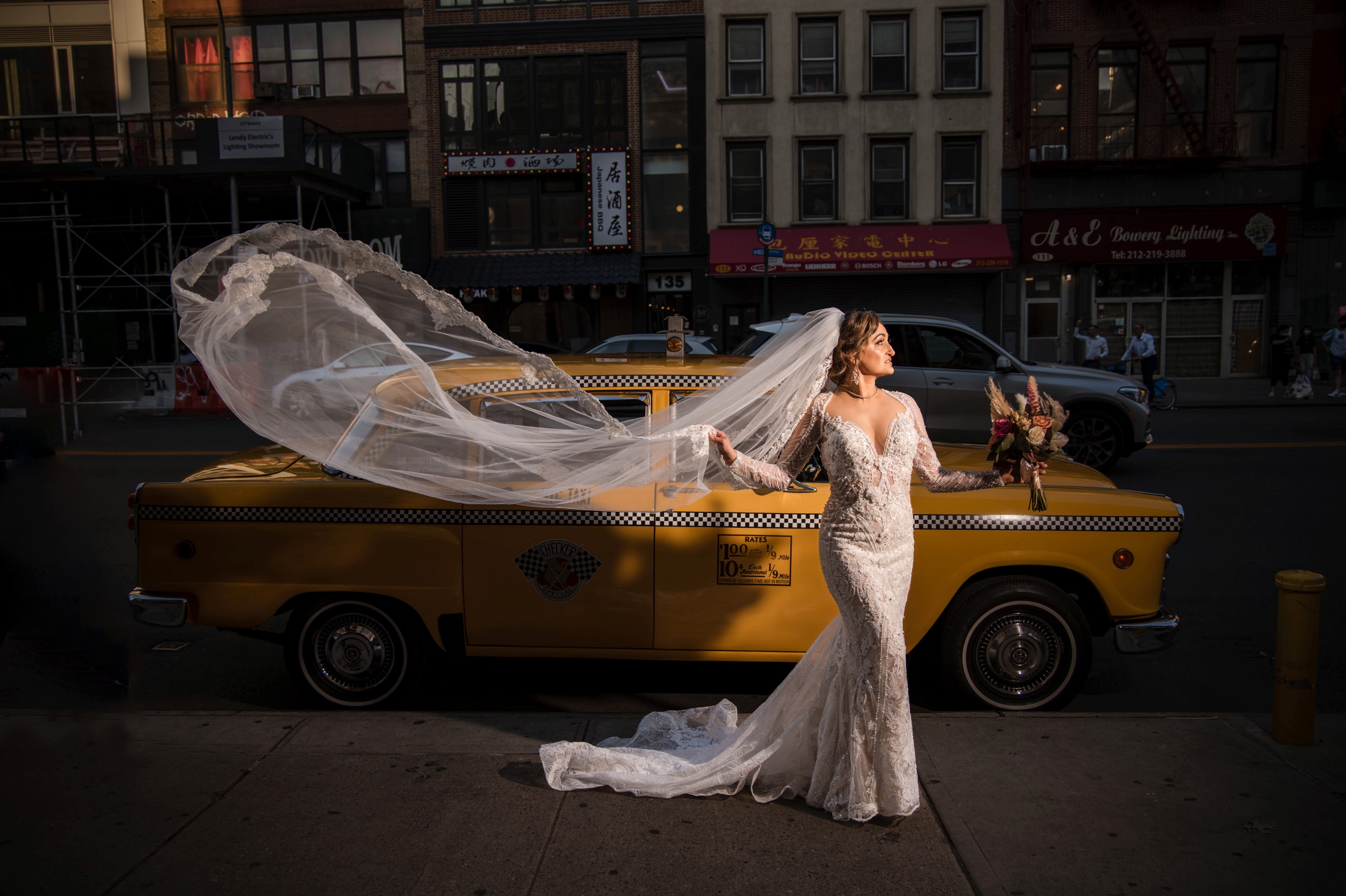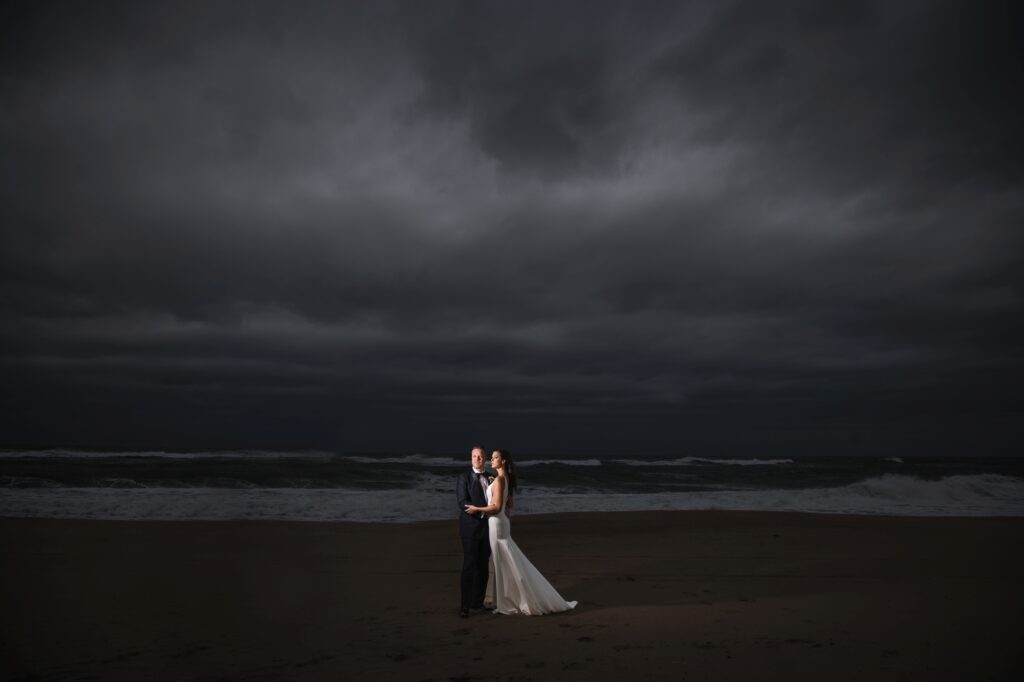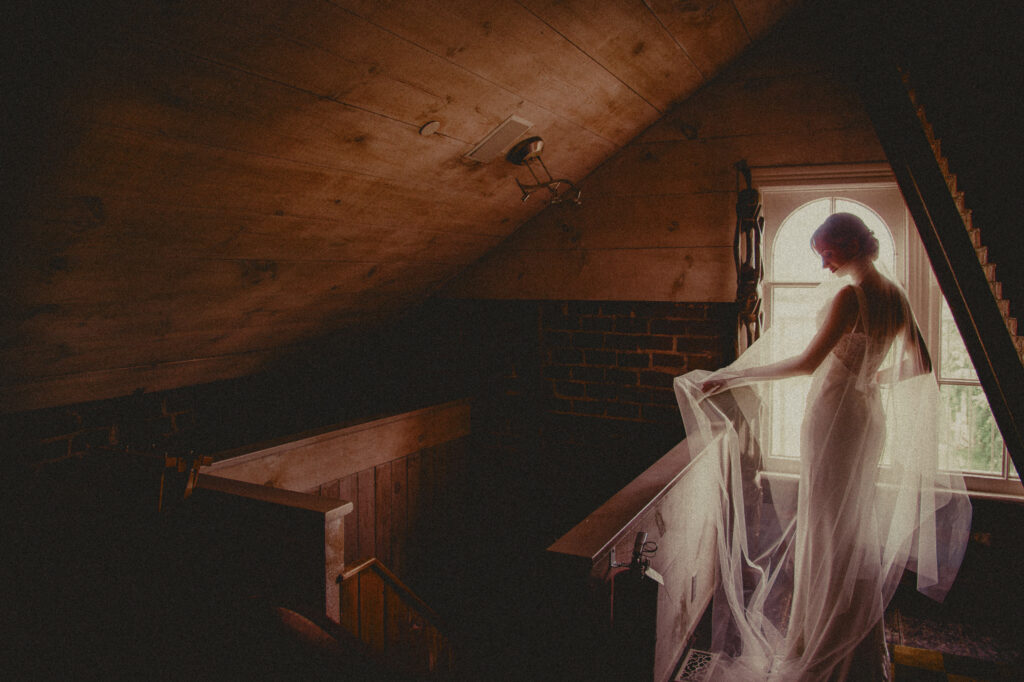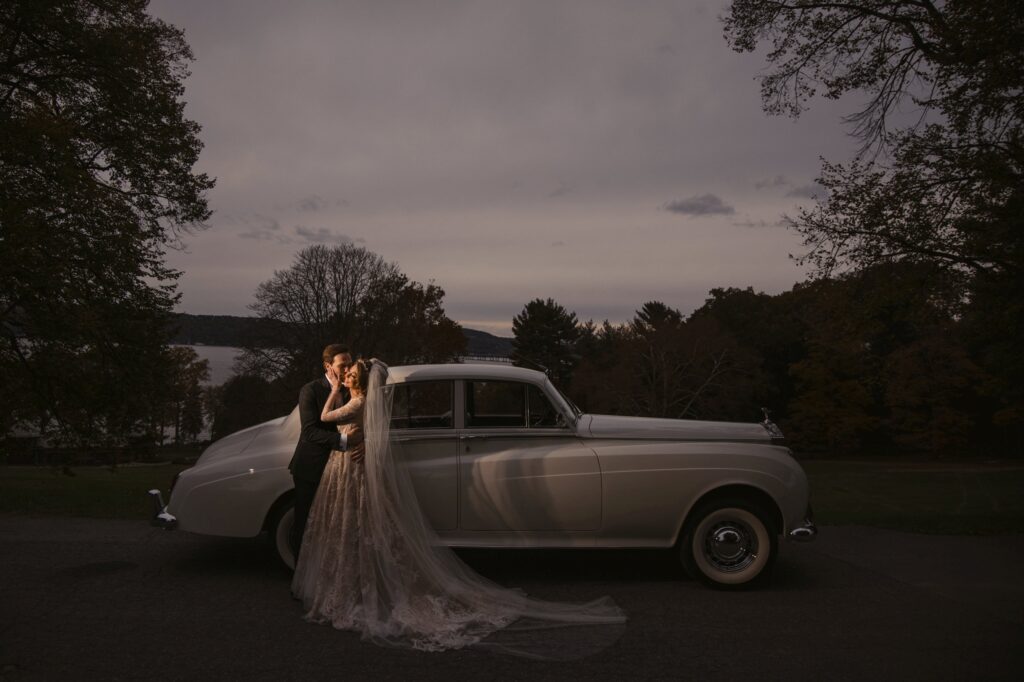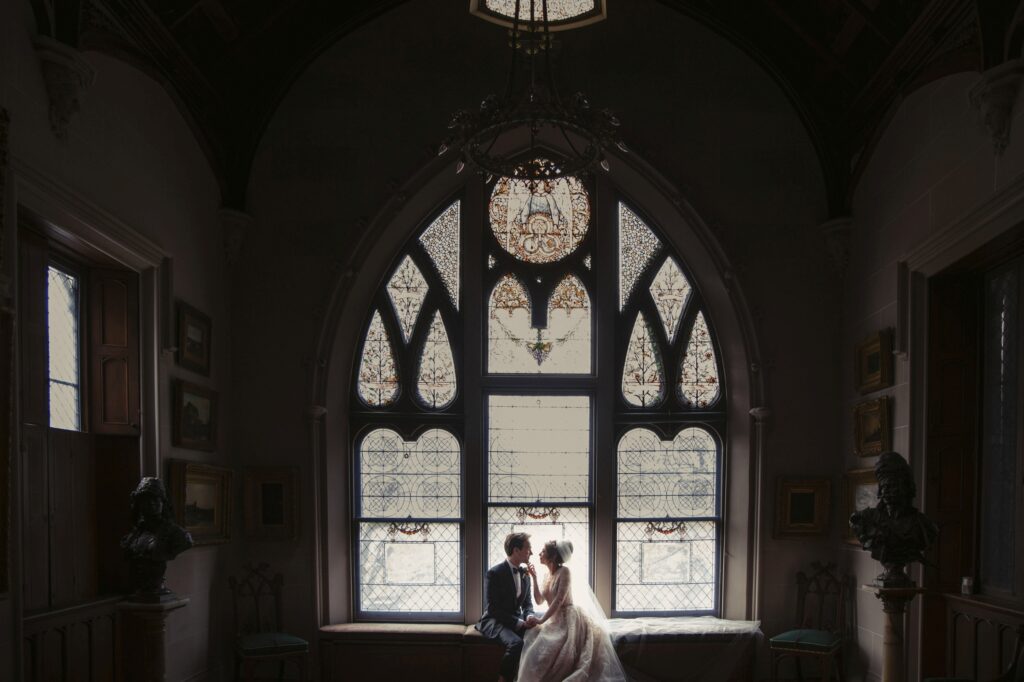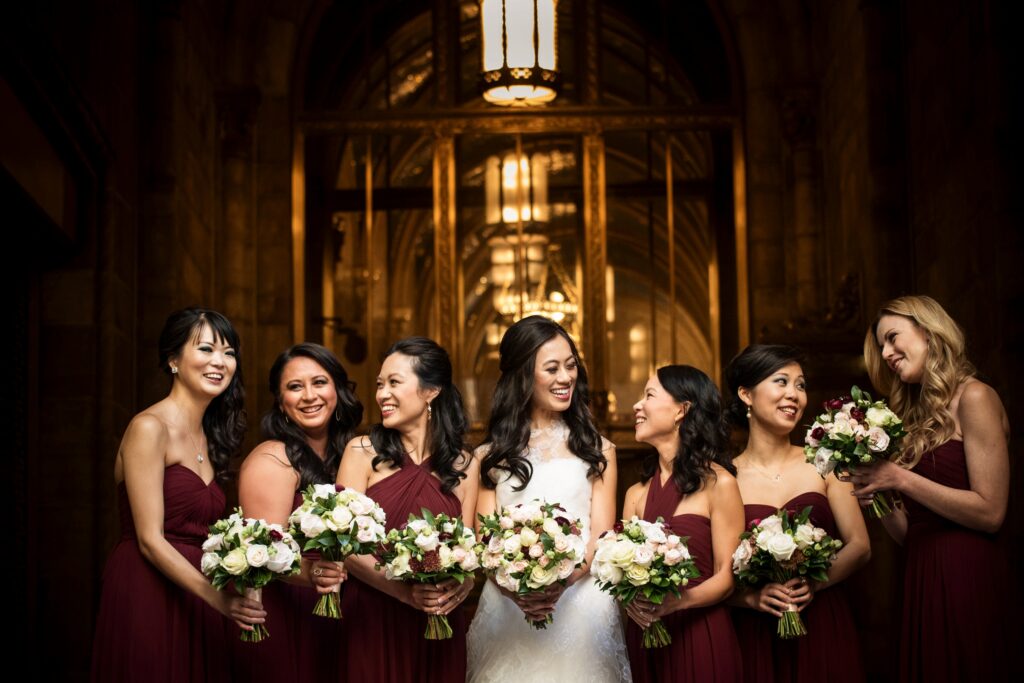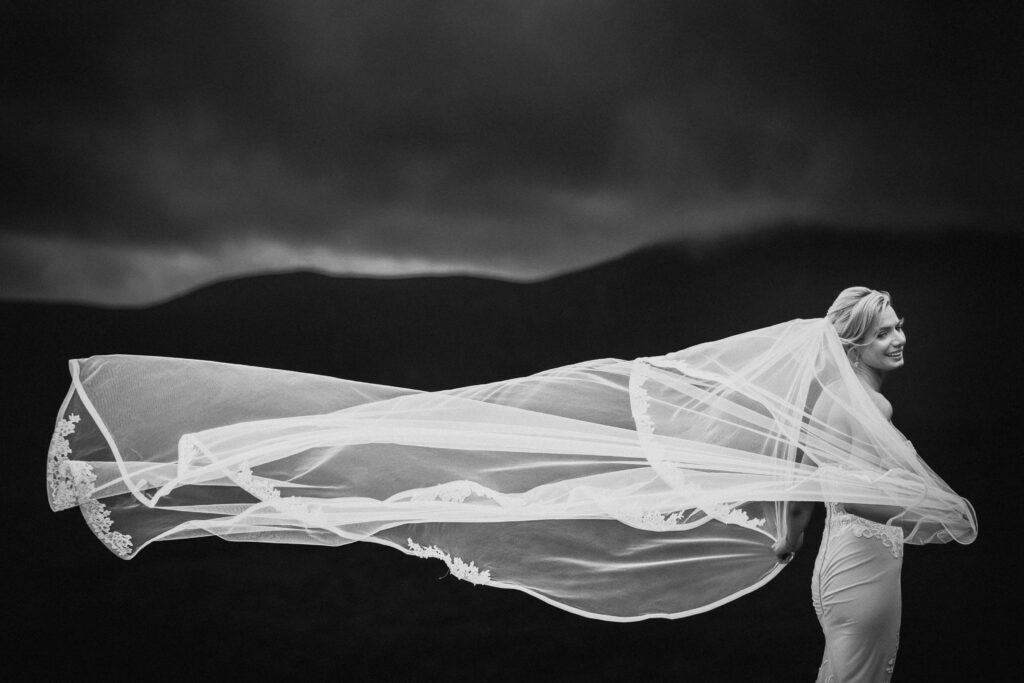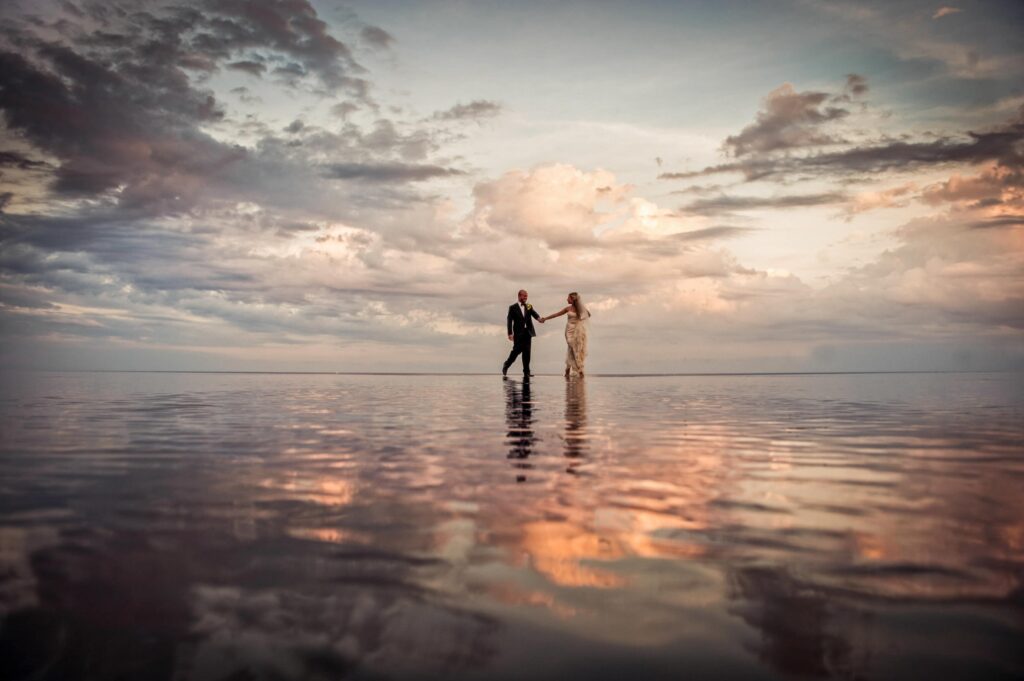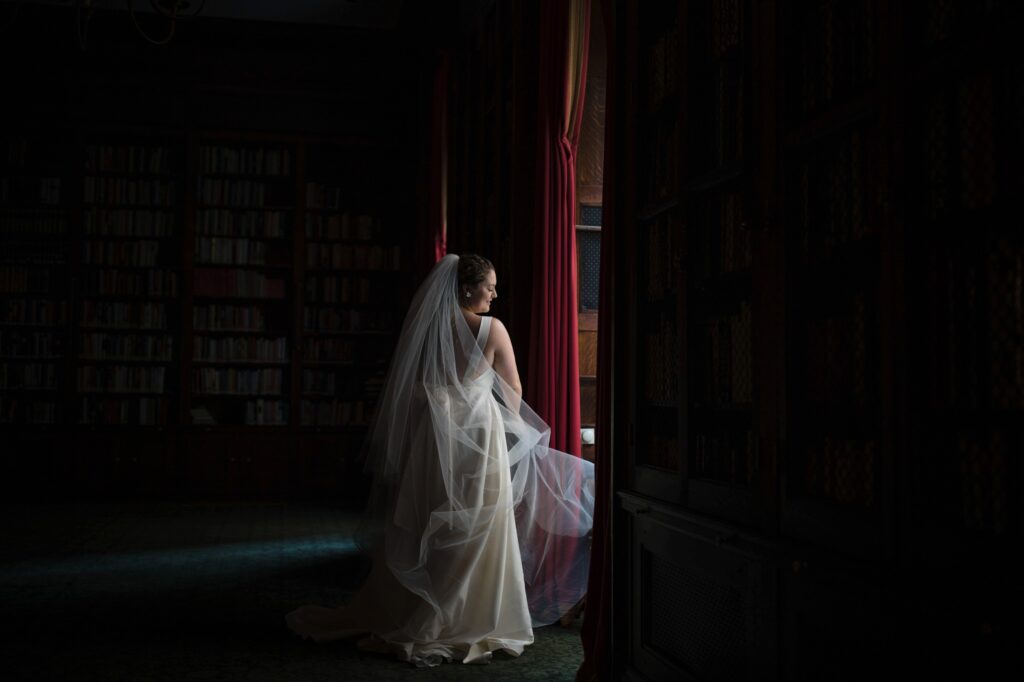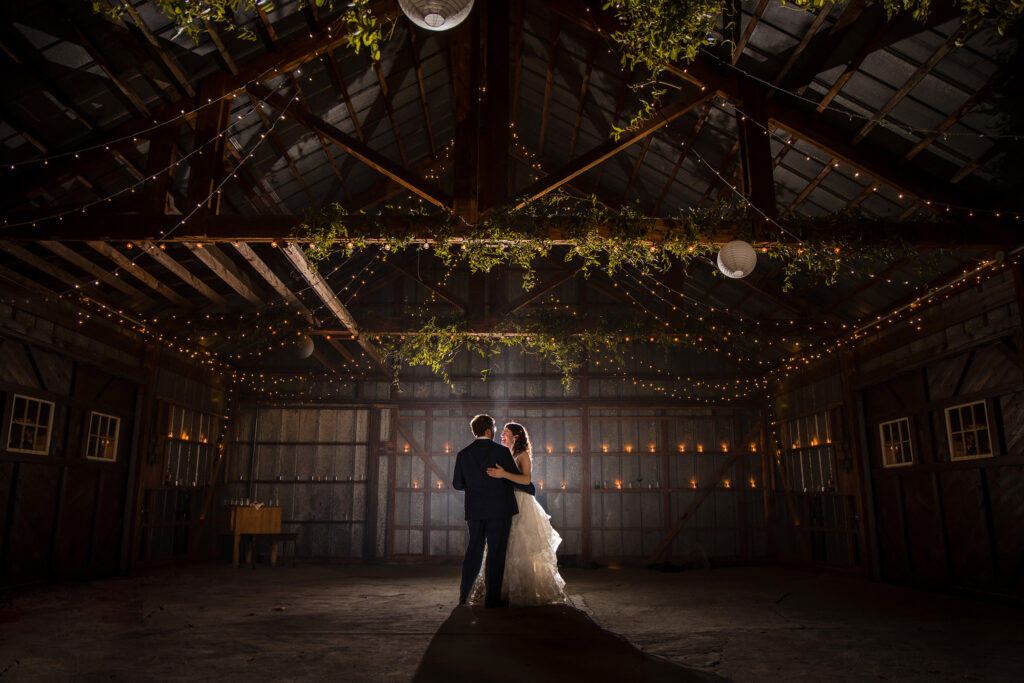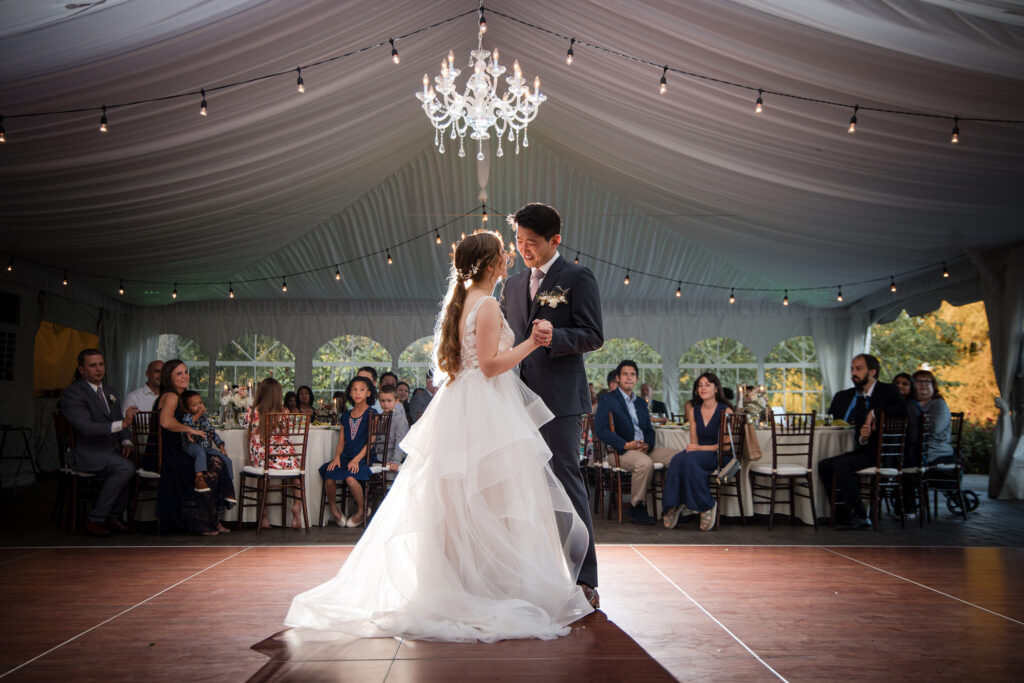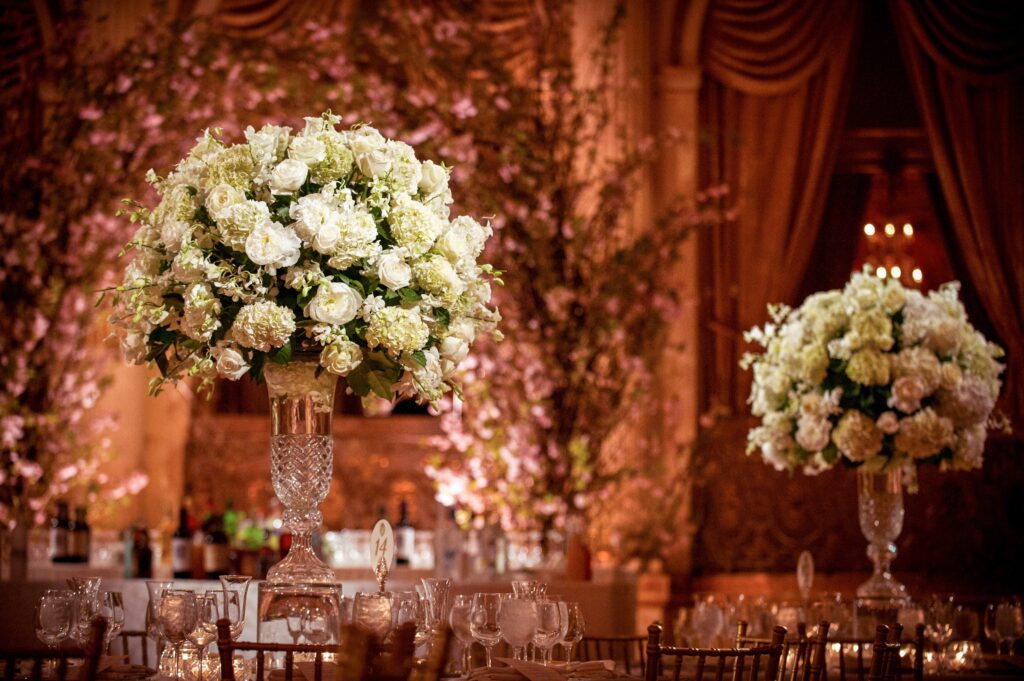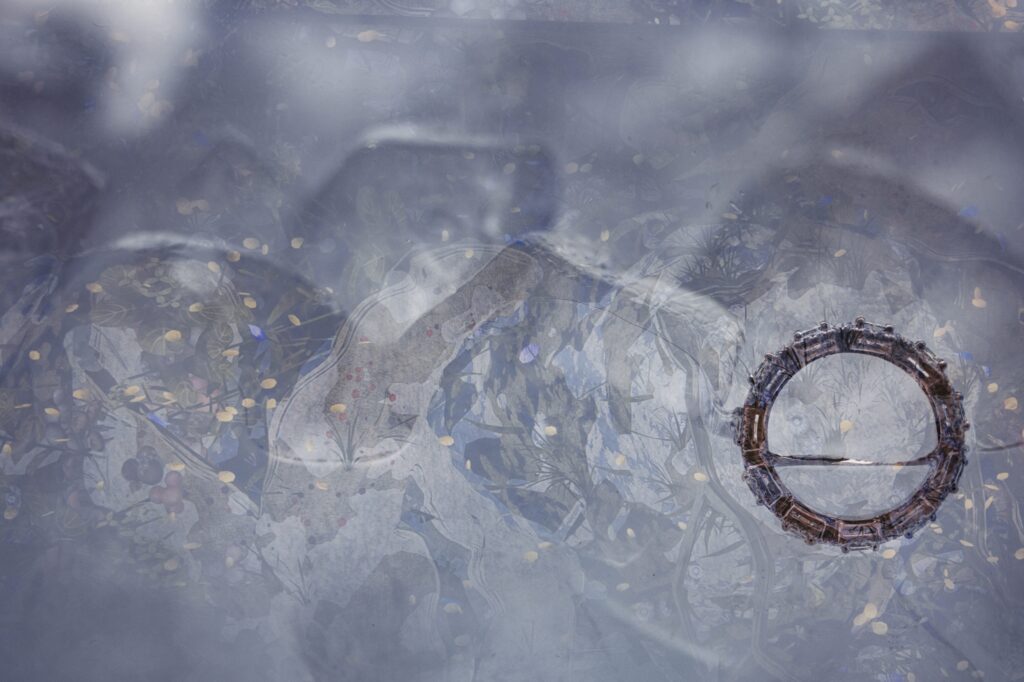As a wedding photographer with years of experience in the industry, I have witnessed firsthand the incredible transformation of wedding photography. From the early days of posed portraits to the candid, artistic styles of today, the art of capturing the essence of a couple’s special day has continually evolved. In this paper, I will guide you through the fascinating history of wedding photography, discussing the various styles and techniques that have emerged over time and the role of technological advancements in shaping this ever-changing art form.
The Early Beginnings of Wedding Photography (1840s – 1920s)
The practice was still nascent during the early beginnings of wedding photography between the 1840s and 1920s. The images captured during this time were heavily influenced by the limitations of the photographic equipment and processes available. Despite these challenges, the wedding photographs from this era offer a fascinating glimpse into the time’s customs, fashion, and societal values.
One major challenge early wedding photographers faced was the long exposure times required to capture an image. In some cases, exposure times could take several minutes, necessitating couples to remain perfectly still throughout the process. This led to the characteristic formal, rigid poses seen in many wedding portraits from this era. Smiles were rare in these photographs, as it was difficult for the subjects to maintain a natural expression for the duration of the exposure.
The photographic equipment of the time was also cumbersome and required a controlled environment for the development process. Consequently, wedding photographs were usually taken in the photographer’s studio rather than at the wedding venue. This limitation contributed to the staged and artificial quality often observed in early wedding photographs. However, it also allowed photographers to create elaborate backdrops and settings that showcased the couple’s wealth and social status.
As photography became more popular and accessible during the late 19th century, many photographic studios emerged. These studios catered to the rising demand for wedding portraits and other types of photography. Studio photographers often possessed a range of props, backdrops, and costumes that could be used to enhance the visual appeal of their images. Many wedding photographs from this time featured ornate settings carefully arranged to reflect the couple’s social standing and taste.
The introduction of the cabinet card in the 1860s marked a significant development in wedding photography. These cards featured albumen prints mounted on a stiff card backing, which made them more durable and easier to display than earlier daguerreotypes or ambrotypes. The larger size of the cabinet cards, typically 4.25 x 6.5 inches, also allowed for more detailed images and greater creative expression by photographers. As a result, wedding photography began to evolve beyond the simple, formal portraits of earlier years, with photographers experimenting with different poses, compositions, and settings.
The Emergence of Wedding Photojournalism (1930s – 1960s)
The rise of photojournalism during the 1930s marked a significant shift in how photographers approached weddings. As a genre, photojournalism emerged from the need to document current events and news stories more authentically and unfiltered. This new approach to photography focused on capturing candid, genuine moments as they unfolded, as opposed to the staged and formal portraits that had previously dominated the wedding photography scene.
The 1930s saw the advent of smaller, more portable cameras, such as the Leica 35mm rangefinder, which enabled photographers to take pictures quickly and discreetly. This technological advancement allowed photojournalists to blend into the background and capture spontaneous, unposed moments that reflected the true emotions and atmosphere of the event. As a result, wedding photographs began to tell a more complete and accurate story of the couple’s special day.
Despite the potential of photojournalism, it wasn’t until the 1960s that this style began to gain widespread acceptance in the realm of wedding photography. This shift can be attributed to several factors, including a growing appreciation for authenticity and a desire to document the unique aspects of each wedding. The societal changes of the 1960s, including a more relaxed approach to formal traditions and the rise of the counterculture movement, also played a significant role in adopting photojournalism in wedding photography.
During this period, wedding photographers began experimenting with various techniques and compositions that would allow them to capture the wedding day’s candid moments and raw emotions. They focused on the interactions between the couple, their families, and the guests, which resulted in a series of images that told a more personal and intimate story. The photojournalistic approach also enabled photographers to document the various rituals and customs associated with weddings, offering a fascinating insight into the cultural and social context of the time.
As the popularity of photojournalistic wedding photography grew, photographers started to develop their unique styles and approaches. Some chose to focus on the emotional aspects of the wedding, capturing tears, laughter, and expressions of joy, while others opted to document the smaller details that made each wedding unique, such as the decorations, attire, and venue. This period marked the beginning of a more diverse and creative approach to wedding photography, paving the way for the myriad styles and techniques that would emerge in the coming decades.
In addition to the evolving techniques and styles, the emergence of photojournalism in wedding photography also changed the photographer-client relationship. Before this period, wedding photographers had been primarily responsible for directing and staging the portraits. With the introduction of photojournalism, photographers took on a more unobtrusive role, allowing the wedding day to unfold naturally while documenting the events from a distance.
The photojournalistic approach also encouraged photographers to pay more attention to the use of light and shadow in their images, which added depth and visual interest to their photographs. This focus on natural lighting and creative compositions helped create a more dynamic and visually appealing wedding day record, offering couples a more vivid and evocative collection of memories to cherish.
Another significant development during this period was the increasing availability of faster film and improved camera equipment. As technology progressed, photographers could capture images in lower light conditions and with faster shutter speeds. This enabled them to document fleeting moments and subtle expressions that had previously been difficult to capture. These advancements greatly enhanced the storytelling capabilities of wedding photographers, allowing them to provide a more comprehensive and engaging record of the day’s events.
The emergence of photojournalism also marked the beginning of a shift in the public’s perception of wedding photography. As candid and authentic images began to gain popularity, couples started seeking photographers who could capture the genuine emotions and unique moments of their wedding day. This shift in preference paved the way for developing more personalized and creative wedding photography packages tailored to each couple’s individual needs and desires.
The Advent of Color Wedding Photography (1970s – 1980s)
The widespread adoption of color photography in the wedding industry during the 1970s and 1980s marked a significant turning point in the evolution of wedding photography. The introduction of color film brought new possibilities for creative expression and a richer, more vivid portrayal of the wedding day, significantly influencing the styles and techniques of wedding photographers.
The transition from black-and-white to color photography was gradual, with many photographers initially offering both options to their clients. However, as color photography became more affordable and accessible, it quickly gained popularity among couples seeking a more vibrant and visually appealing record of their special day. The ability to capture the vivid colors of the wedding attire, flowers, and decorations added a new dimension to wedding photography, allowing photographers to create more engaging and emotionally resonant images.
Color photography also prompted wedding photographers to experiment with new lighting techniques and compositions to take full advantage of the potential offered by color film. This led to the development of more dynamic and creative wedding images, showcasing the emotions and interactions of the couple and their guests and the beauty and splendor of the wedding venue and decor.
The advent of color photography also had an impact on the way wedding albums were designed and presented. With the availability of color images, wedding albums began to feature a more diverse range of photographs, including candid shots, detail images, and creative portraits, in addition to the traditional formal group photos. This transformation allowed couples to create a more comprehensive and visually appealing record of their wedding day, which could be shared and cherished for generations to come.
The 1980s saw the introduction of more advanced color films and processing techniques, which further improved the quality and versatility of color photography. These advancements enabled photographers to capture images with more accurate color reproduction and greater detail, even in challenging lighting conditions. This opened up new possibilities for creative expression and experimentation within the wedding photography field, paving the way for developing the diverse range of styles and techniques seen today.
The Digital Revolution in Wedding Photography (1990s – 2000s)
The advent of digital photography in the late 1990s and early 2000s revolutionized the wedding photography industry. With the ability to take and store thousands of images, photographers were no longer constrained by the limitations of film. This led to the rise of various wedding photography styles, such as contemporary, fine art, and editorial, each with its own unique approach to capturing the wedding day.
Modern Wedding Photography (2010s – Present)
The modern era of wedding photography, spanning from the 2010s to the present day, has been marked by rapid technological advancements, the widespread adoption of digital photography, and a focus on personalization and creativity. These factors have resulted in an incredibly diverse range of styles and techniques, allowing couples to find a wedding photographer who can best capture their unique vision and tell the story of their special day.
One of the most significant developments in modern wedding photography has been the transition from film to digital. The widespread adoption of digital cameras and editing software has revolutionized the industry, providing photographers greater flexibility, control, and efficiency in their work. Digital photography has enabled photographers to capture images with higher resolution, better low-light performance, and more accurate color reproduction than ever before. Digital post-processing has opened up a world of creative possibilities, allowing photographers to fine-tune their images, experiment with different styles, and create visually stunning, high-quality photographs.
The rise of social media has also played a crucial role in shaping modern wedding photography. Platforms such as Instagram, Pinterest, and Facebook have become indispensable tools for photographers to showcase their work, connect with potential clients, and stay informed about the latest trends and techniques. For couples, these platforms offer endless inspiration and the opportunity to find a photographer whose style and approach align with their own vision for their wedding day.
In the modern era, wedding photography has evolved to encompass various styles and techniques, ranging from traditional posed portraits to candid photojournalism and artistic fine art photography. This diversity allows couples to choose a photographer who can best capture their personalities and the essence of their relationship. Many photographers also offer engagement sessions, which allow the couple and photographer to get to know each other and establish a rapport before the wedding day, resulting in more natural and authentic images.
Another defining characteristic of modern wedding photography is the emphasis on personalization and storytelling. Today’s wedding photographers strive to create a unique visual narrative reflecting the couple’s style, tastes, and love story. This focus on personalization extends beyond the images themselves, with many photographers offering custom-designed albums, wall art, and other products that allow couples to showcase and cherish their wedding memories for years to come.
There has also been a growing trend towards destination weddings and elopements in recent years, further expanding the creative possibilities for wedding photography. These intimate, often adventurous events provide a unique backdrop for stunning wedding images and allow photographers to explore new locations and cultures.
In Conclusion…
The history of wedding photography are a testament to the resilience and creativity of photographers throughout the ages. As technology advances and cultural trends shift, wedding photography will undoubtedly continue to evolve, with new styles and techniques emerging to capture the magic of a couple’s special day. It is an honor and a privilege to be part of this ever-changing industry as I strive to create timeless, authentic, and beautiful images that truly reflect the love and joy shared by each couple I enjoy working with. As we look to the future, I am excited to see how wedding photography will continue to grow and adapt, pushing the boundaries of what is possible and ensuring that each couple’s unique story is captured for future generations.
